Many a Dubliner's summer was spent in Wexford, which proudly proclaims itself as the sunniest, least rainy county in Ireland. At the heart of it was Courtown and the childhood rivalries between the caravan parks in Ballymoney, Cahore and Kilmuckridge.
There were days out in Pirates Cove and excitable afternoons at the amusements. There was candyfloss and 99s (watch out for the seagulls) and a trip to the boats in Courtown harbour, just to look at them. And, when we were older, there was the Beacon nightclub.
These days, it's the Strand (thestrandcahore.ie) that would lure me to Cahore, or, if I'm in a hurry, the Hatch & Seabiscuit food truck outside, overlooking the beach itself – it does wood-fired pizzas and excellent coffee.
Low-cost flights to warmer climes have dimmed the shine of the sunny southeast, but Wexford’s collection of beaches – including five Blue Flag ones – run virtually the length of the coastline and are every bit as appealing as they were in childhood.
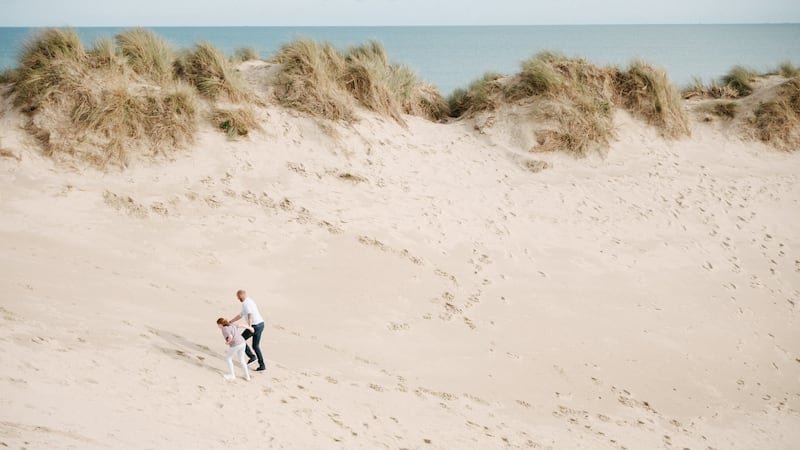
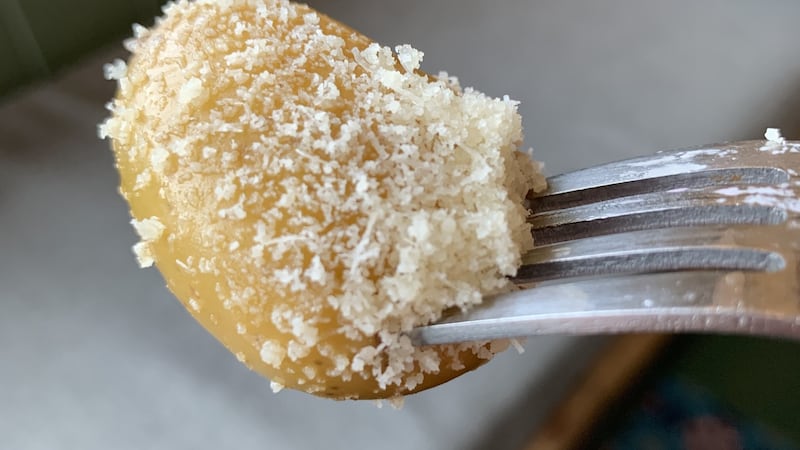
The most famous is Curracloe, an 11km-long stretch of white sand and hummocky dunes backed up by the pine-forested Raven Nature Reserve at its southern end. It has strong echoes of the beaches along France's Atlantic coast, although the stand-in for Omaha Beach in 1997's Saving Private Ryan was farther north, at Ballinesker. There are some nice walking trails through the reserve and you can even cycle here from Wexford town – the loop takes two hours at a leisurely pace.
There are golden stretches of sand on either side of Kilmore Quay: Little Beach, by the harbour, is popular with families; running west from the village, the Burrow shore stretches right around Ballyteige Bay as far as Cullenstown Strand, which itself is one of the nicest beaches in Wexford. It's also a five-minute drive from Bannow, where the Normans landed in Ireland in 1169.
From Kilmore Quay boats set off to the Saltee Islands (salteeislands.info), once the haunt of privateers, smugglers and "dyvers pyrates" but now one of Europe's most significant bird sanctuaries, although most of the action takes place in late spring and early summer. Declan Bates runs charters from the harbour for the 4km trip.
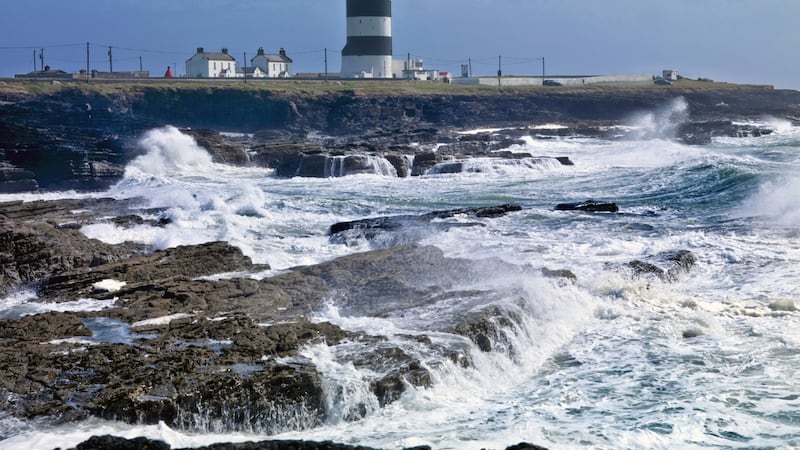

Kilmore Quay is also a busy commercial fishing port, which means the seafood in the village is reason enough to visit. Drawing diners from all over the county is wonderful Mary Barry's (marybarrys.ie) a low-ceiling, timber-panelled pub that does exquisite seafood fresh off the boat. Fancier still is the Silver Fox (thesilverfox.ie), which specialises in all things fresh from the sea. Bookings are essential. And if you just want fish 'n chips? The Little Saltee (thelittlesaltee.com) is superb, even if they're only doing takeaway.
Just west of here is the Hook Peninsula, capped by the world's oldest working lighthouse (hookheritage.ie) – the half-hour tour is terrific, as is the cafe on the premises.

There are a few beautiful walks on the peninsula, including one around the lighthouse and a few that start at the ruins of Tintern Abbey, including the 7km-long Bannow Bay Trail that skirts the sea and the old estate village of Saltmills – halfway along you can stop to refuel at the Vine Cottage Bar (vinecottagebar.ie) – you can also pick up a nice Badger & Dodo coffee from Hamish's coffee truck at the abbey. Just south of here is another fine beach walk from Carnivan to Baginbun that cuts through fields and strawberry beds to the cliffs along the coast.
The peninsula's most popular beach is Baginbun, which is where you'll find Liam and Niamh Colfer's Livin' off the Hook (livinoffthehook.com), which organises local walks and yoga classes on the beach.
North of the peninsula on the Barrow estuary facing Co Waterford is Duncannon, whose south-facing, shallow beach is very popular with families. As is the Shielbaggan Outdoor Education Centre (shielbagganoec.com), which runs all kinds of activities, from kayaking, surfing and coasteering to archery and rock climbing – one very popular pastime is abseiling from Duncannon fort all the way down to the beach. There's also a high-ropes course through the trees about 15km outside of town.
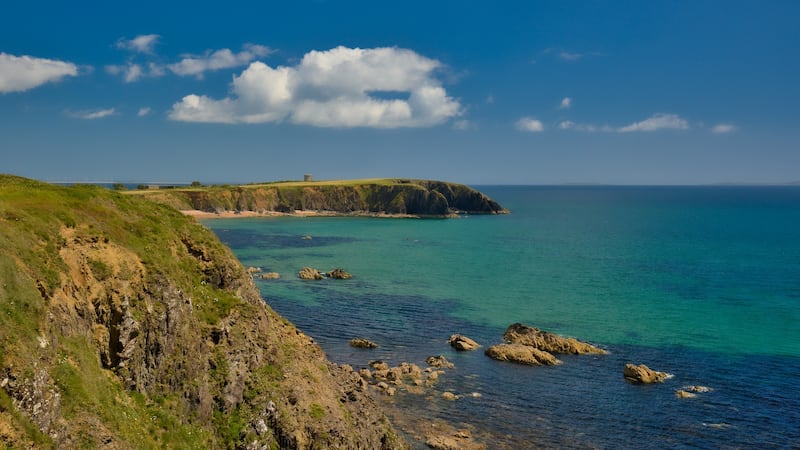
For the ideal swim, though, head south to Dollar Bay, a cove of crystal-clear water shielded on both sides by cliffs. Locals will tell you that there’s gold at the bottom of the water – courtesy of a Spanish Armada shipwreck.
For something to eat, Roche's (Quay Rd; rochesbar.ie) in Duncannon serves food that's freshly caught or sourced locally, including the excellent cheese. Just 3km north of town is Kevin Dundon's Dunbrody Country House Hotel (dunbrodyhouse.com) – the eight-course tasting menu is a gourmet feast of fresh Irish produce.
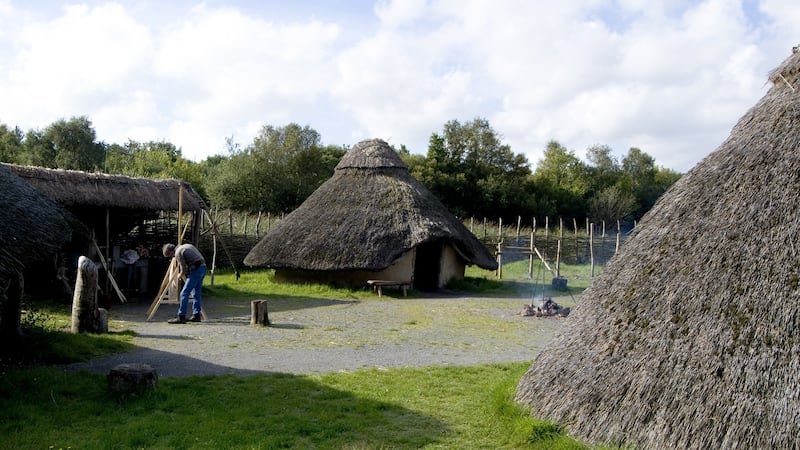
Besides beaches and summer fun, Wexford is also the crucible for so much of Irish history. The Irish National Heritage Park (irishheritage.ie) in Ferrycarrig just outside Wexford town, is a wonderful primer for 9,000 years of that history and a great day out for the kids. You can visit the open-air museum as part of a guided tour or go it alone; the young ones will enjoy the range of activities on offer, from an adventure playground to falconry and archery. And, when you're done, you can try one of the best seafood restaurants in Ireland at La Côte (lacote.ie; Custom House Quay) – owners Paul and Edwina Hynes have also opened The Cheeky Cod, a food truck right on the harbour.
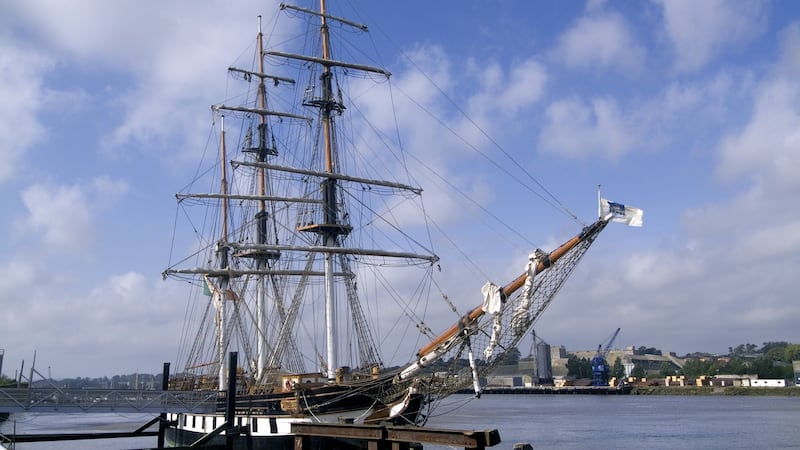
In New Ross, Ireland's emigrant story is told in powerful detail by costumed actors aboard the Dunbrody Famine Ship (dunbrody.com), a replica in the harbour: if it sounds a bit cheesy it's because so many other ship museums lack the poignancy and attention to detail of this excellent experience. Afterwards, be sure to check out the vegan and vegetarian menu at The Cracked Pot.












